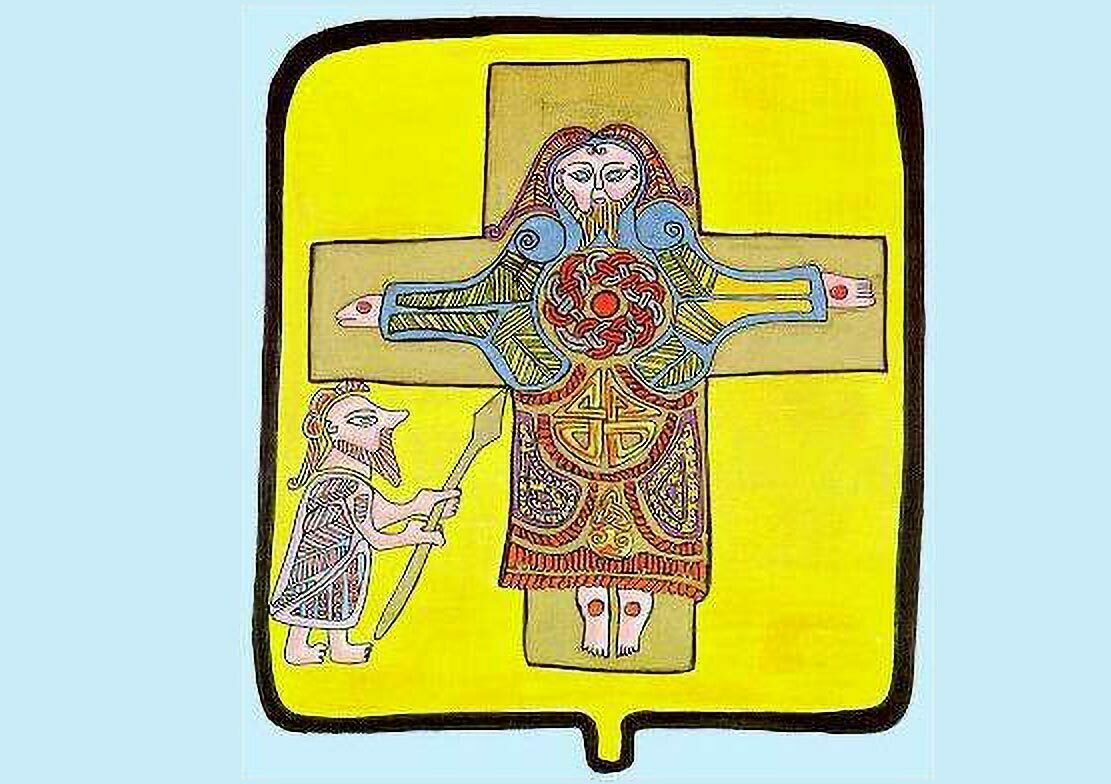About
Site Directory
Copyright © 2025 www.isleofman.com
All Right Reserved
powered by 
Copyright © 2025 www.isleofman.com
All Right Reserved
powered by 


Height: 26"
Width: 10"
This outstanding example of Celtic art is carved on a slab of slate, but only a portion of it has survived. It was discovered around the 1770s on the Calf of Man, a small island to the south of the Isle of Man, by workmen. They were demolishing the ruins of an ancient keeill (an early Celtic chapel) to obtain stone for use as building material.
The slab probably formed part of an altar panel and is thought to date from about the late 8th century, a few years before the arrival of the Vikings. The carving depicts the crucifixion of Christ whose clothed figure is flanked on the left hand side by a Roman soldier with a spear. On the missing right hand portion of the slab there may have been another soldier with a sponge of vinegar as related in the Gospels.
The fineness and delicacy of workmanship displayed in the stone is incredibly rare for that early peroid. It is typically Byzantine in style and serves as an example of the artistic influence which the eastern Mediterranean Church had on the Celtic Church at the time. Similar work on bronze plates and in other metal has been found in Ireland.
This unique example of early Celtic artistic craftsmanship may be seen at the Manx Museum in Douglas.